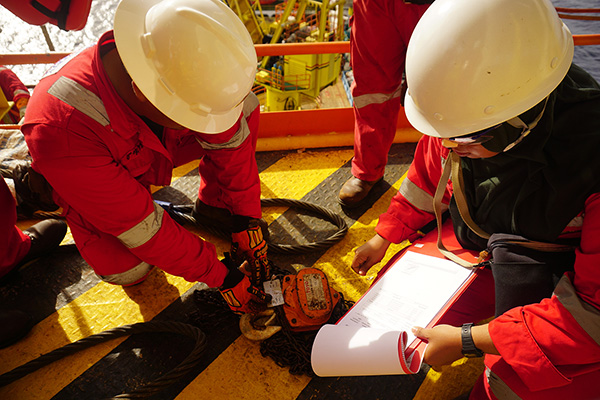Understanding risk assessment and management
Risk assessment and management are fundamental components of Health, Safety, and Environment (HSE) programs in organizations. They involve the systematic identification, analysis, and mitigation of risks to protect people, assets, the environment, and the organization’s reputation. Here’s a detailed understanding of risk assessment and management:

**1. Definition of Risk Assessment:
- Risk assessment is the process of identifying, evaluating, and prioritizing potential hazards or events that could result in harm, loss, or negative impacts. It quantifies the likelihood and severity of these events and helps in making informed decisions about how to manage them.
**2. Steps in Risk Assessment:
- Identification of Hazards: Begin by identifying all potential hazards or sources of risk in the workplace or a specific situation. These can be physical, chemical, biological, ergonomic, or psychosocial in nature.
- Risk Analysis: Evaluate the identified hazards to determine their likelihood of occurrence and the potential consequences if they were to happen. This involves assessing both the probability and severity of each risk.
- Risk Evaluation: Combine the results of risk analysis to assign a risk rating or score to each hazard. This helps prioritize risks based on their significance, allowing for focused risk management efforts.
- Risk Mitigation: Develop and implement strategies to control or reduce the identified risks. This may involve eliminating hazards, implementing engineering controls, establishing safety protocols, providing training, or using personal protective equipment (PPE).
- Monitoring and Review: Continuously monitor and review the effectiveness of risk mitigation measures. Adjust them as needed based on changes in the workplace, technology, or regulations.
**3. Definition of Risk Management:
- Risk management is the process of making informed decisions to minimize, monitor, or control risks and their potential impacts. It involves selecting appropriate risk treatment options and implementing them to achieve acceptable levels of risk.
**4. Steps in Risk Management:
- Risk Identification: As in risk assessment, begin by identifying and documenting all potential risks in the workplace or project.
- Risk Analysis: Analyze the identified risks in more detail, considering their potential impact on people, assets, the environment, and the organization.
- Risk Evaluation: Prioritize risks based on their significance and assess whether the remaining risks are at acceptable levels. This involves comparing the identified risks to established risk criteria or thresholds.
- Risk Treatment: Develop and implement risk treatment plans for each prioritized risk. This may involve accepting the risk if it falls within acceptable levels, mitigating the risk, transferring it (e.g., through insurance), or avoiding it altogether.
- Risk Monitoring and Review: Continuously monitor and review the effectiveness of risk treatment plans. Make adjustments as needed to ensure that risks remain within acceptable limits.
**5. Key Principles of Risk Assessment and Management:
- Risk Identification is Ongoing: Risks can change over time due to new technologies, processes, or external factors. Regularly review and update risk assessments.
- Informed Decision-Making: Risk assessments and management should provide decision-makers with the information needed to make informed choices about how to handle risks.
- Prevention is Preferred: Whenever possible, prioritize risk prevention over mitigation. It’s generally more effective and efficient to prevent a risk from materializing in the first place.
- Holistic Approach: Consider all aspects of the organization, including safety, health, environmental, financial, and reputational risks.
- Employee Involvement: Employees should be actively engaged in the risk assessment and management process, as they often have valuable insights into workplace hazards.
- Documentation and Reporting: Keep detailed records of risk assessments, management plans, and actions taken. Report on progress and lessons learned.
- Continuous Improvement: Maintain a culture of continuous improvement in risk management. Learn from incidents, near-misses, and changing circumstances to enhance risk strategies.
In conclusion, risk assessment and management are systematic processes that help organizations identify, evaluate, and control risks to protect people, assets, and the environment. These processes are essential for ensuring the safety and sustainability of operations while making informed decisions about risk tolerances and treatment options.
